One of our first Foodie Friday’s when we reached Arabia was that of shwarma. Meat roasting over an open flame mixed with wonderful veggies and served up on some version of bread. We’ve eaten this all over the place since but by the name of Doner Kebab in Germany and if we get to Greece, there it will be called a gyro. I’m writing about the Doner now not because it is so different but because it is the type of food, that almost perfectly describes Turkey’s place in the world, straddling two continents.
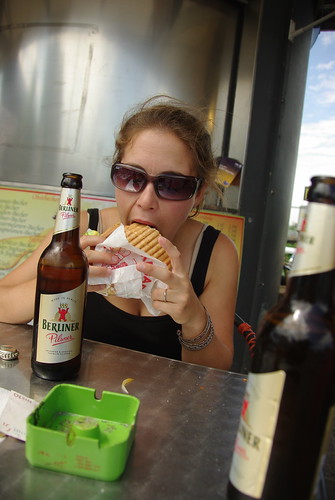 It was the Turks who brought this delicious dish to Germany (although we heard at least one German say that it was from Berlin). It is Istanbul that serves as the gateway between Europe and nearly everything else that mattered in the pre-Colombian world. The dish is as common in Munich as is pizza in New York.
It was the Turks who brought this delicious dish to Germany (although we heard at least one German say that it was from Berlin). It is Istanbul that serves as the gateway between Europe and nearly everything else that mattered in the pre-Colombian world. The dish is as common in Munich as is pizza in New York.
As we embark on a journey through the silk road it is dishes like Doner that we expect to continue to surprise us the most. We certainly won’t write about most of them, but it is how each of these things is the same thing altered by similar cultures rather than different things created by different cultures. The very word for pizza is derived from the somewhat similar and equally familiar pita, a dish that is eaten in various forms to this day across the entire Levant, not just in Italy.
Just as the Turks of Central Asia brought Doner to Europe, they brought silk, spices, and technology from the east as well. Their relatives mixed with the nearby Persians and both mixed with the not too far off Arabs. We will see, taste, and enjoy bits and mixes of all of these things over the next few months on our way to China.
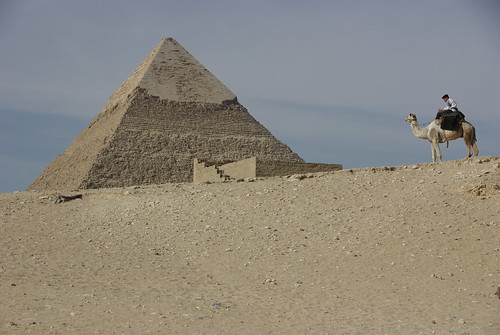
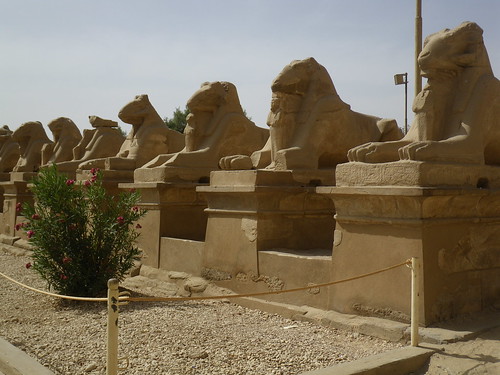
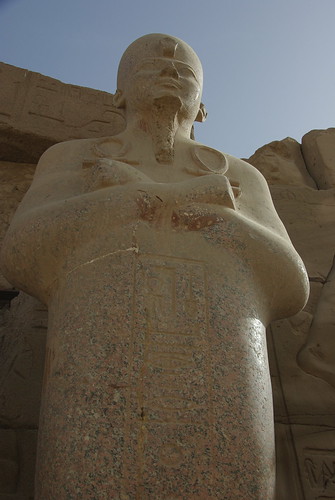
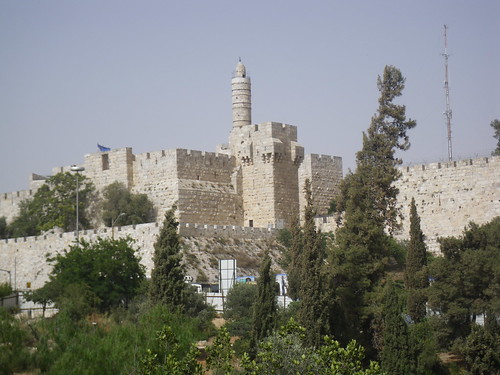

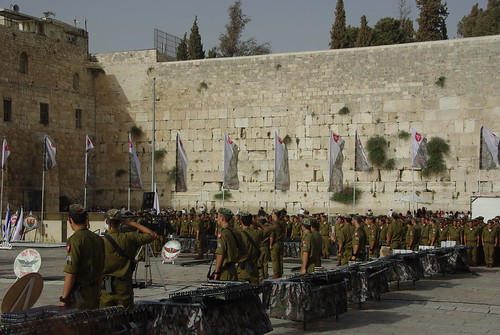
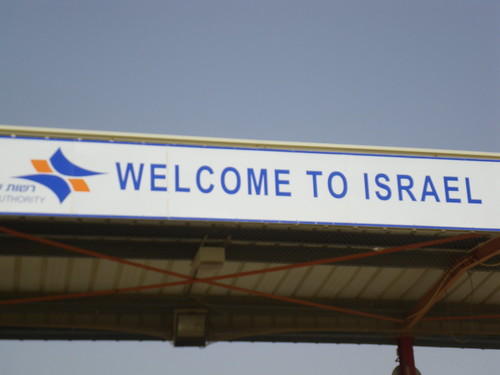
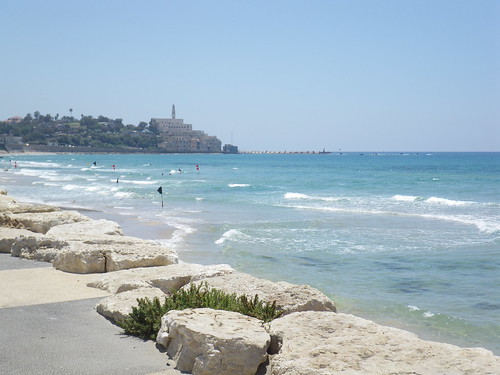

Recent Comments